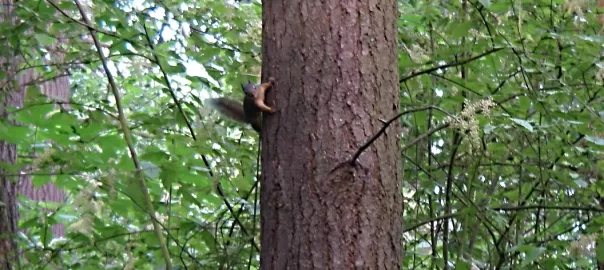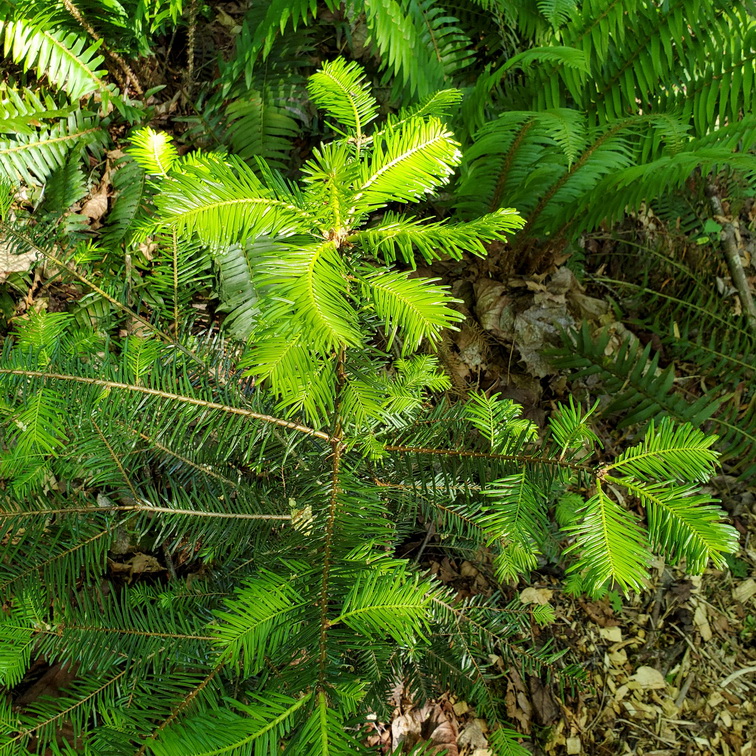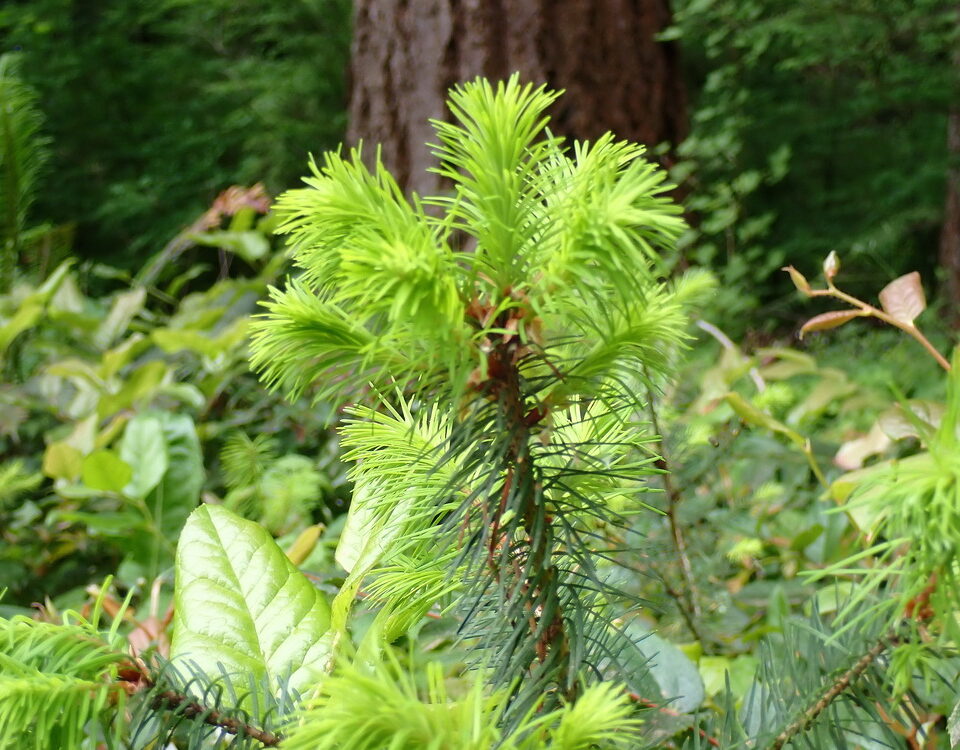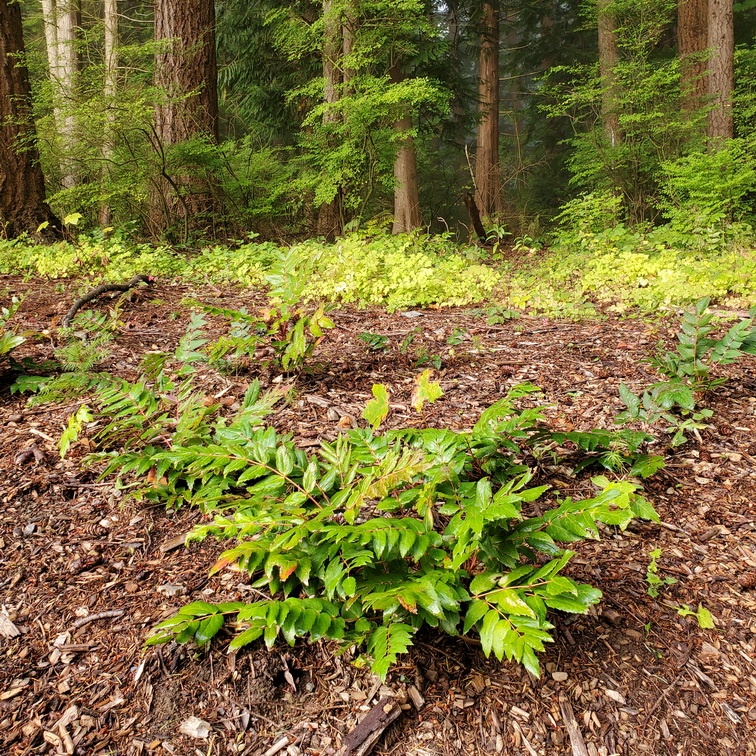Tag: Douglas Fir
-

The Future of the Mature Douglas Fir Trees in Forest Park
In this blog I look at some of the recent research on how trees have been responding to the decreased moisture levels and higher temperatures associated with climate change.
-

Recent Articles Related to Forest Restoration
I found these interesting . . .
-

Should We Still be Planting Native Trees?
I knew that because of climate change there were no longer any perfect native trees to plant in our region, but I thought that planting a mix of native trees in appropriate sites was a reasonable climate adaptive strategy. Recently, however, my confidence was shaken by a list suggesting that our most important native conifers…
-
Climate Change in the Puget Lowlands
This year’s extreme dry season is almost surely related to climate change and comes as yet another warning that we’ve got to change some of our forest restoration practices.
-

Should We Plant Conifers in Our Backyard Forests?
Should we be planting conifers in our backyard forests to eventually replace the existing large trees?
-

Fire Ladders and Douglas Firs
Though wildfires are rare in Puget Lowland forests, when they do occur mature Douglas Fir trees can be killed if fire reaches their crowns. One way this can happen is through “fire ladders,” which can be prevented by pruning the lower branches of Western Redcedars and Western Hemlocks.
-

Mycorrhizal Associations Between Douglas Fir and Other Tree Species
Does Douglas Fir form mycorrhizal associations with Red Alder, Western Hemlock, or Western Redcedar?
-
Mycorrhizal Applications for Backyard Forest Restoration
Lately I have been considering the purchase of a mycorrhizal fungi inoculant to mix into the soil with my Fall/Winter tree plantings.
-
Choosing the Right Trees to Plant in Our Urban Forests
We have opportunities to plant many trees in our urban forests, but what species should we choose?
-
To Plant or Not to Plant: Three Phases in the Growth of Forests
In my last blog, I left off questioning if it makes sense to plant new trees under the canopy of forests, since the existing trees accumulate mass at an ever-increasing rate. I think part of the answer lies in the stages of forest growth in terms of three broad phases of overall biomass accumulation.
-

Big Trees Grow Faster Than Small Trees
The largest Douglas Fir in Forest Park has a circumference of over 20’ and is estimated to be 176’ tall. It surprised me to learn that it is probably growing faster than any other Douglas Fir in the park.
-

Volunteer Douglas Firs
The other day, I was surprised and delighted to find a half-dozen volunteer Douglas Fir seedlings in a spot that might actually get enough sunlight to support them.
-

Evergreens in the Land of Rain
The Douglas Firs, Western Redcedars, and Western Hemlocks are the royalty of the Pacific Northwest forests, and this is their season.
-

After a September Rain – A Good Time to Weed a Sunny Edge
We had some good rain in the last few days — a good time to weed a sunny edge.